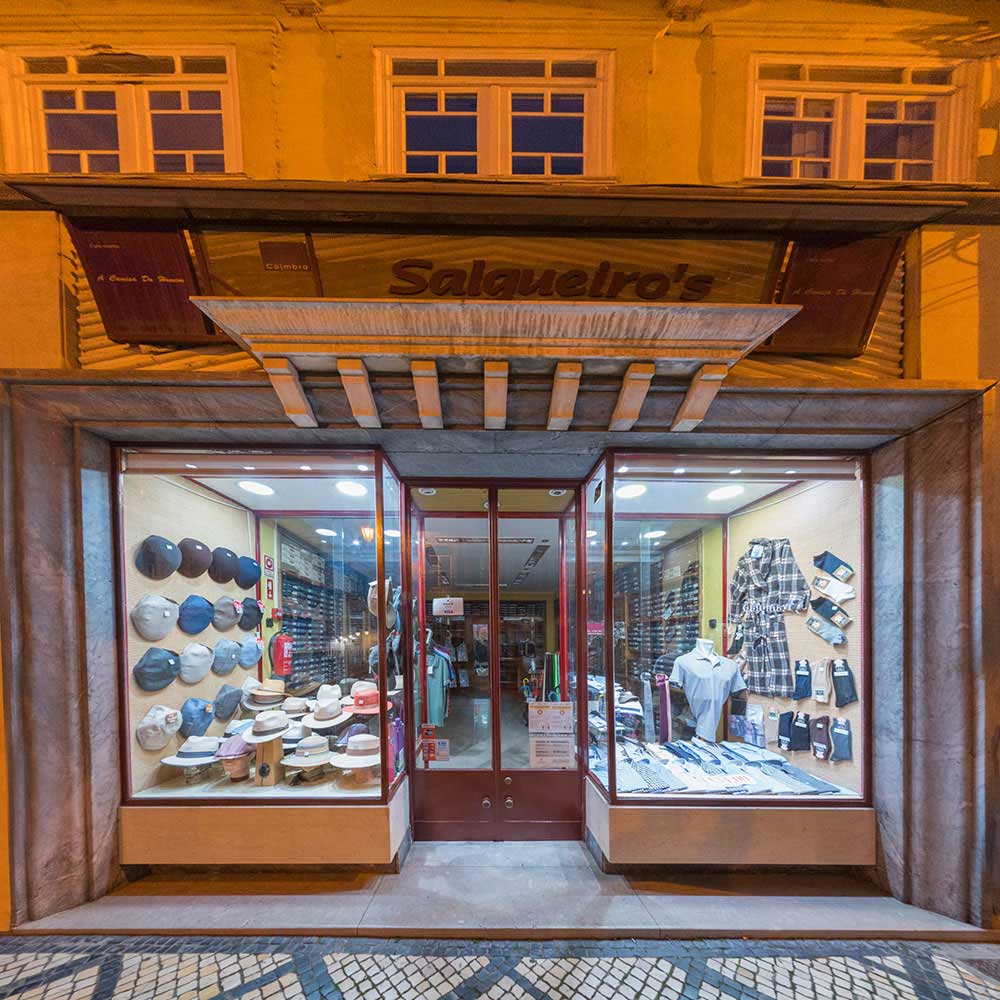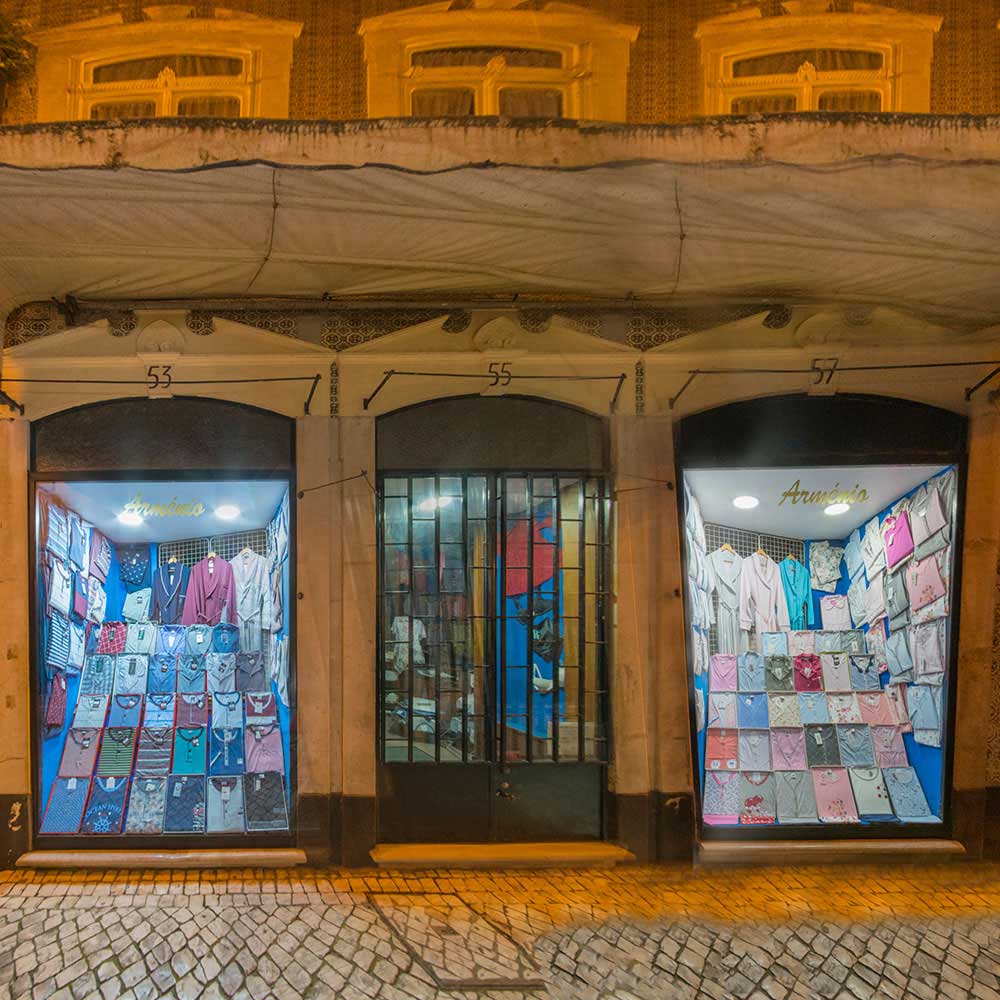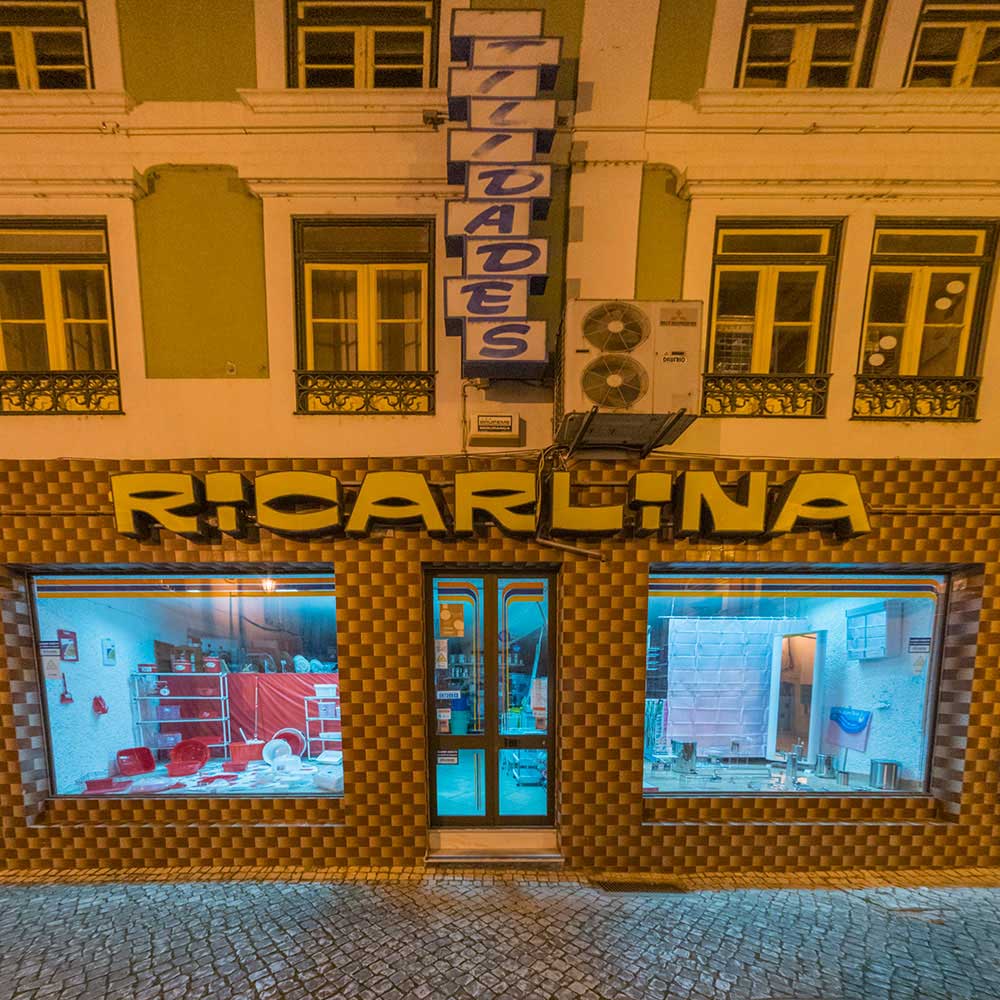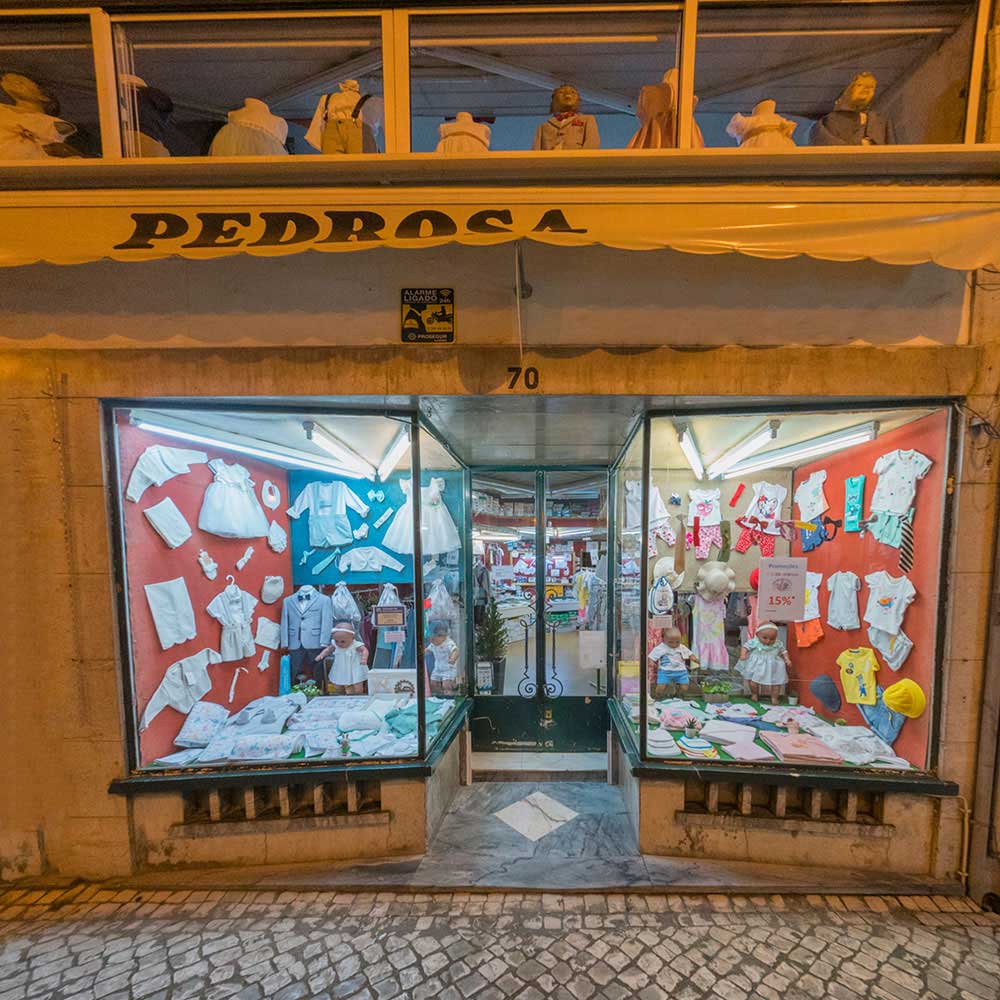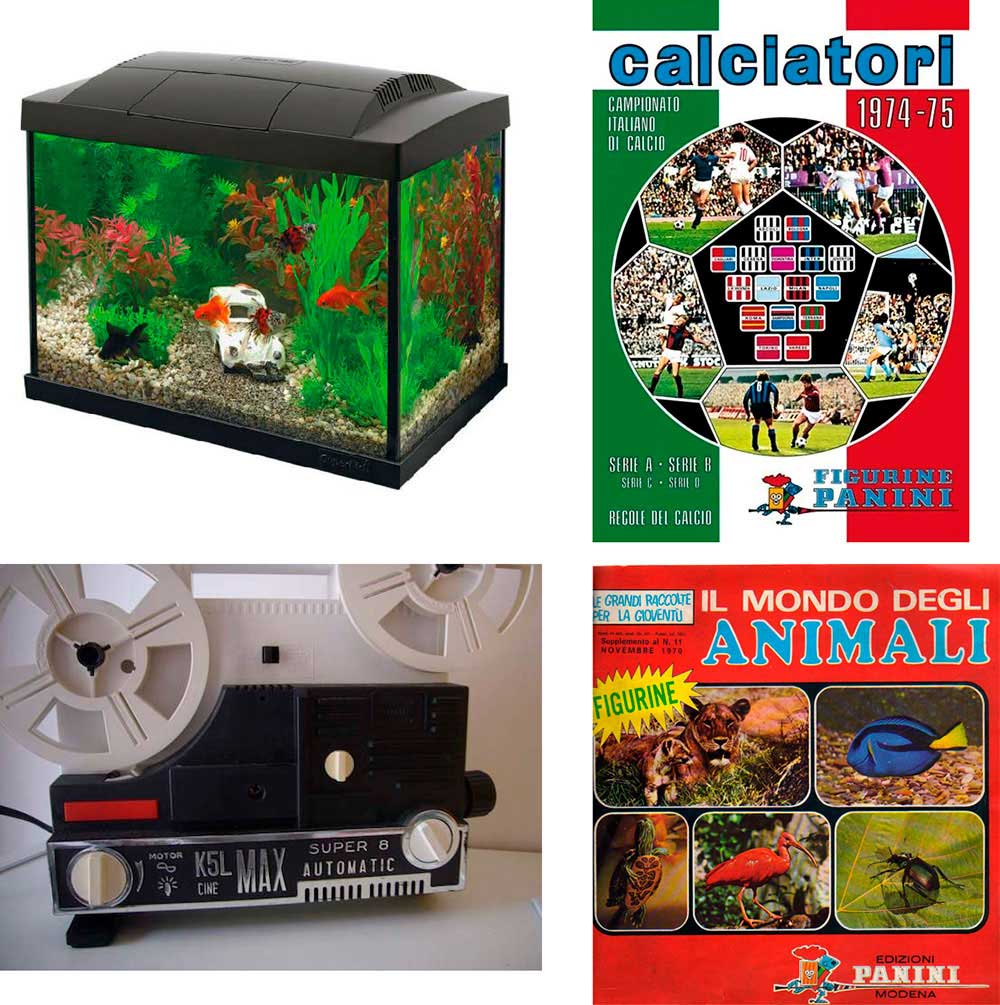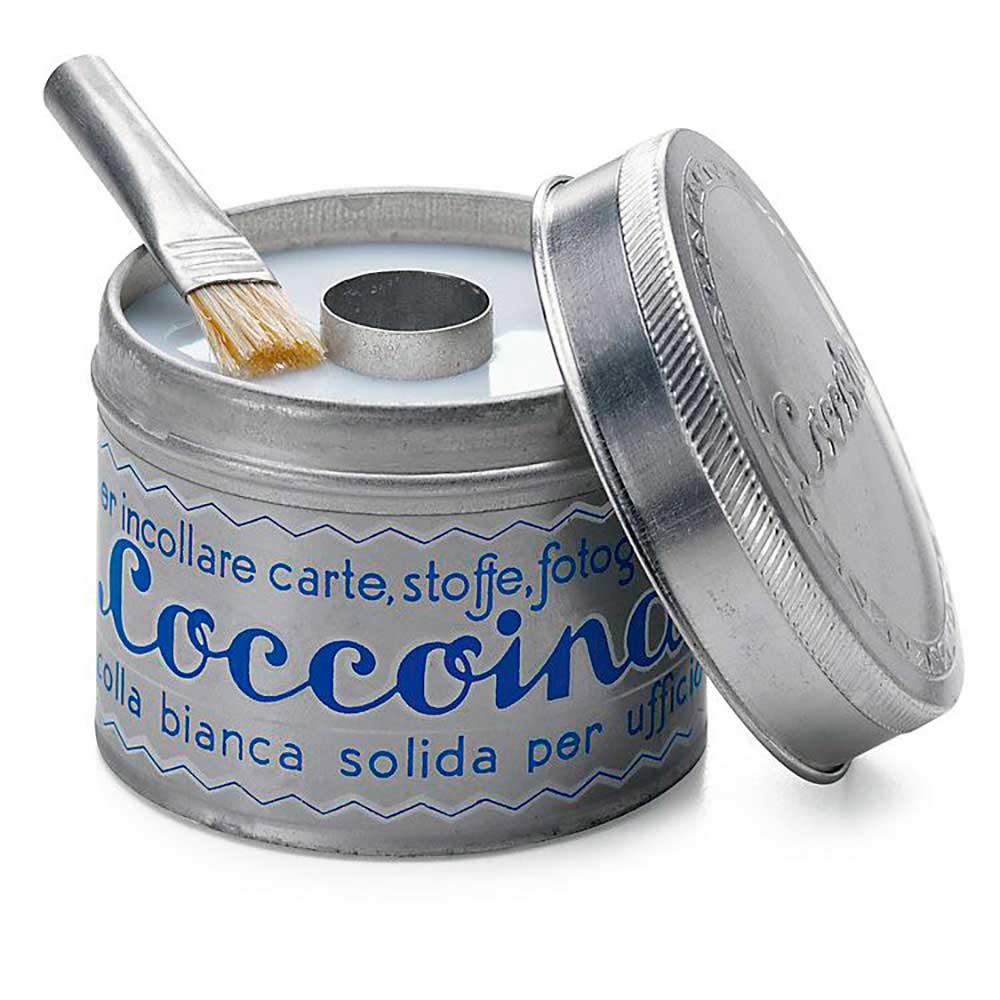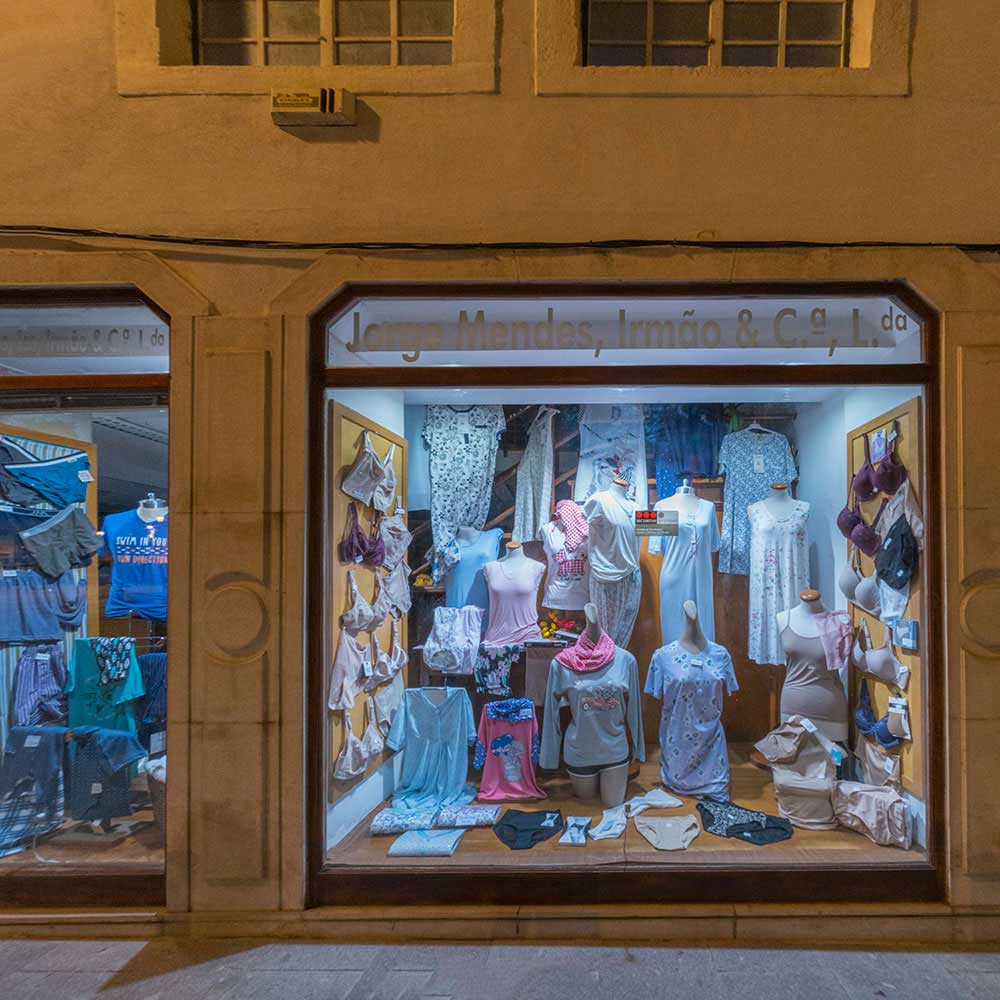Light and time. These two essential concepts in photography are also fundamental for our being and in our life. Here and now, I feel that the time has come to talk about the time. But no of the time that passes, that flows, that hurries us, that defines the rhythm of our daily life; but of the nostalgic time that we find in the past, of the paused time that we breathe in memories.
This time is not found in the extraordinary, in the unbridled joy of a party; this time requires a quiet and peaceful place. Who knows it is in the low frequency light of a late afternoon, or in some city corner of a midday drowned in the heat, or in a starry night in the desert, or enjoying the fresh air of two in the morning on a balcony and letting go to the harmonic calm felt when all members of the family are peacefully sleeping in good health.
It is at that time that I would like to lead you with this article.
You will tell me: “you are an old man”! because only those who have an unlikely future look to the past to meet a new future there. It can be … or I would simply like to make you reflect on the need to recover the past to then rediscover the ability to imagine a future and together the strength, to be able to build it.
The very serious geopolitical situation we are experiencing is an evident consequence of those who are unable to propose a future to their people; it is not at all easy to do this, think (on a smaller scale) of the tremendous difficulties when we play the role of parent which includes the responsibility to prepare our children for a future … Who commands, the absolute leader, when he is unable to propose a future, tries to recover a past that offers a future. An anachronistic action that we (who knows unknowingly) support. The European drift (and of the whole West), full of hypocritical do-gooders but really poor in profound and collective values, is the ideal substrate for cultivating these returns to the past. All this, for those who have a minimum of historical memory like me, forces us to think with fear of the past that will come and consequently to react so that it does not happen. Unfortunately, those who do not have this historical memory have gaps that still need to be filled. Normally these gaps are unfortunately filled using past surrogates that someone thinks and constructs for them, thus helping to define a future in the image and likeness of those who cannot imagine the future.
After this digression of philosophical actuality, let’s go back to the main theme of the article: the time that is in the past.
Personally, I am attracted to this time, I seek it desperately because I feel welcomed in it. Who knows why, it is there that I also encounter silence and positive solitude; this is where I often find inspiration; it is there where I can quickly rearrange the priority of the things I have to face; it is there where I feel in harmony.
… to help this spasmodic search, time capsules arrive …
They are places that are scattered all over the world, but at the same time well hidden, just like our memories. To meet them, our memory must make a long neuronal journey that begins with a smell, a face, a sentence, a musical chord, an image, a word. These places are real “time shelters” and they are not on a collective level, but on a personal one. Time capsules are not found in Nature because it is timeless par excellence; they are not even found in ancient places (for example a medieval convent, the Imperial Forums, Pompeii, etc …) because a time refuge must refer to the time lived by the person who seeks it; they are not even found in abandoned places, because a time refuge must convey the current presence of human action. Typically, time capsules can be found in the city, in a house, at a popular festival, in a person’s way of dressing…
The last time refuge I was lucky enough to find is in Portugal, more precisely in Coimbra. It is about the showcases of some shops (especially clothing) in the historic center. In them the goods are shown with an antique look in such a careless way, in which the appearance does not matter at all but the content. The message that these shop windows send is not what we are unfortunately accustomed to: “Come, enter my wonderful world from which you will never want to leave unless you buy so many things of this world that you will have the illusion of being part of it”. Their message is rather: “this is what I have, if you need to do what you have thought about doing, come in and I will be happy to help you”.
I made the images that accompany this article about the Coimbra time shelters that materialize this particular dimension of time that I am talking about by using a “fish eye” lens. In post-production I projected them rectilinearly to find again their natural lines; I took the photographs at dusk or at night because the artificial lights bring a greater feeling of the past
Seeing these shop windows, I go back to the seventies in my native Potenza when I went out shopping with my mother and my brothers. It was a ritual that I never liked because we went out to buy things “that were needed” and never a super 8 “movie” of Laurel and Hardy or Tom and Jerry for my MAX cinema projector; never a goldfish for my aquarium, rarely I was able to get a “bustina” of the Panini collection of animals or footballers … and it was better not to insist too much, otherwise there was a risk of a severe scolding.
Writing this, reminded me of the almondy smell of the Coccoina glue with which the stickers in the album were attached and that on Sunday morning flooded the house and mixed with the scent of “ragú” made by my mother.
I had the inspiration that allowed me to externalize in this article something that I had evidently been maturing within me for some time, by reading the book “Time Shelter” by the Bulgarian writer Georgi Gospodinov. It is a book that talks about the loss of memory, Alzheimer, time refugee clinics, a Europe that is redesigned according to the past, in which the inhabitants of every nation decide to choose the past in which they want to live, through a referendum… It makes you think; sheds light on the dictator’s psychological reasons for “justifying” the invasion of other territories; it is a cry of denunciation against historical ignorance due to the intellectual laxity of the people; it is a reminder not to be mentally lazy, to project a future having clear the roots of the past.
I conclude with a disturbing but extremely current phrase extracted from Gospodinov’s book: “How different is the future that does not yet exist from that which is no longer there. How different is this not being there. The first is full of promises, the second is the apocalypse”
Photosatriani
I am a curious of life with idealistic tendencies and a fighter. I believe that shadows are the necessary contrast to enhance the light. I am a lover of nature, of silence and of the inner beauty. The history of my visual creations is quite silent publicly but very rich personally, illuminated by a series of satisfactions and recognitions, such as: gold and silver winner in MUSE Awards 2023; Commended and Highly Commended in IGPOTY 2022/19/18, honorable mention in Pollux Award 2019; selected for Descubrimientos PhotoEspaña (2014), Photosaloon in Torino Fotografia (1995) and in VIPHOTO (2014). Winner of Fotonostrum AI Visual Awards 2024. Group exhibitions in: Atlántica Colectivas FotoNoviembre 2015/13; selected for the Popular Participation section GetxoPhoto 2022/20/15. Exhibitions in ”PhotoVernissage (San Petersburgo, 2012); DeARTE 2012/13 (Medinaceli); Taverna de los Mundos (Bilbao); selected works in ArtDoc, Dodho, 1X. A set of my images belongs to the funds of Tecnalia company in Bilbao, to the collection of the "Isla de Tenerife" Photography Center and to the Medicos sin Fronteras collection in Madrid. Collaborator and interviewer for Dodho platform and in Sineresi magazine [Website]



